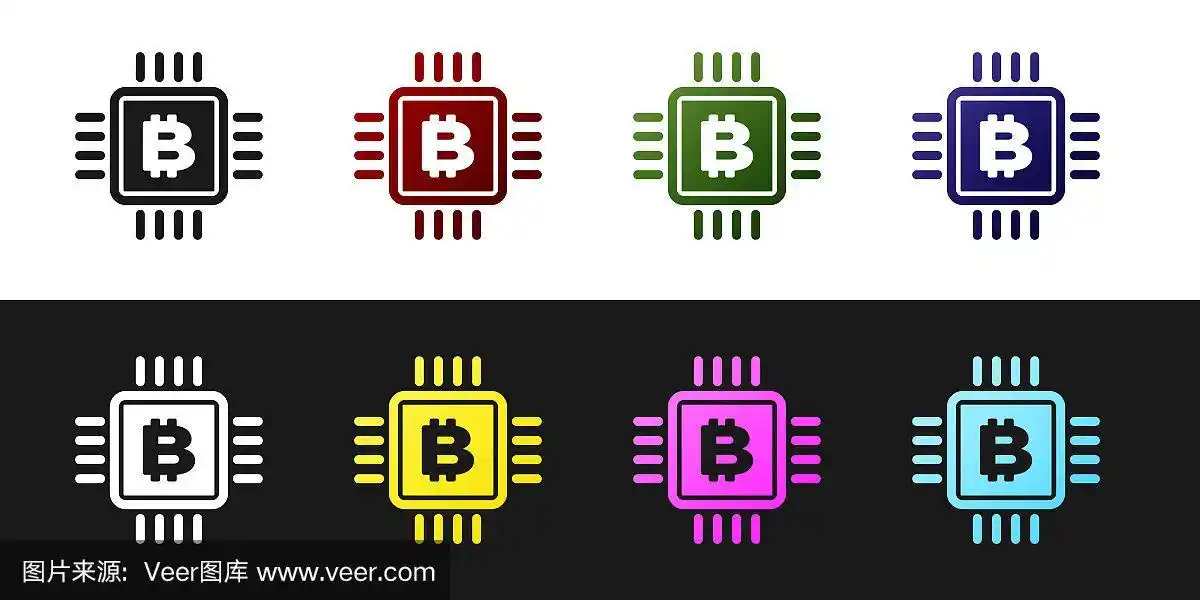Cryptocurrency Mining Hosting: Is the Price Right for You?
The siren song of cryptocurrency – Bitcoin, Ethereum, Dogecoin, and a host of altcoins – continues to lure investors with the promise of decentralized finance and potentially astronomical returns. But beyond simply buying and holding, the path to crypto riches often leads to the complex world of mining. And for those without the space, technical expertise, or sheer desire to build their own rigs, cryptocurrency mining hosting emerges as a compelling option.
Mining, at its core, is the process of verifying and adding new transaction records to a blockchain, the public ledger that underpins cryptocurrencies. This is achieved by solving complex cryptographic puzzles, a task that requires significant computational power. Enter the mining machine, also known as a mining rig: specialized hardware designed to perform these calculations at blazing speeds. But these machines are power-hungry behemoths, requiring substantial electricity and generating considerable heat. This is where mining hosting steps in.
Cryptocurrency mining hosting services offer a solution to these logistical challenges. These companies operate large-scale “mining farms,” purpose-built facilities equipped with the necessary infrastructure – ample electricity, cooling systems, network connectivity, and security – to house and operate mining rigs. Instead of investing in your own equipment and infrastructure, you simply rent space within these farms to host your mining machine.

The central question, of course, is: Is the price right? Several factors influence the cost of cryptocurrency mining hosting. Electricity consumption is a primary driver, as mining machines require a constant flow of power to operate. Host providers typically charge a per-kilowatt-hour (kWh) fee for electricity usage, which can fluctuate depending on location and market conditions. Hosting fees also encompass expenses related to maintenance, security, cooling, and network connectivity. Some providers offer all-inclusive packages, while others charge à la carte for additional services like rig maintenance or remote access.
The viability of mining, and therefore the attractiveness of hosting, is intrinsically linked to the profitability of the cryptocurrency being mined. Bitcoin, the king of cryptocurrencies, is mined using specialized ASICs (Application-Specific Integrated Circuits) that are highly efficient at solving Bitcoin’s specific hashing algorithm. Ethereum, while transitioning away from Proof-of-Work, once relied heavily on GPU-based mining rigs. Dogecoin, a meme-inspired cryptocurrency, also employs a Proof-of-Work mechanism and can be mined using similar hardware. The price of these cryptocurrencies on exchanges directly impacts the rewards miners receive for their efforts, influencing the return on investment (ROI) for both mining machines and hosting services.
Choosing the right mining hosting provider requires careful consideration. Factors to evaluate include the provider’s reputation, uptime guarantees, security measures, cooling efficiency, and network connectivity. It’s crucial to thoroughly research the provider’s track record, read reviews, and compare pricing structures from multiple sources. Consider the provider’s geographical location and its proximity to reliable and affordable electricity sources.
Furthermore, the specific mining machine you intend to host plays a crucial role in determining the optimal hosting solution. Different mining rigs have varying power requirements and cooling needs. ASIC miners, designed for specific algorithms like Bitcoin’s SHA-256, are generally more power-efficient than GPU-based rigs used for mining other cryptocurrencies. Ensure that the hosting provider can accommodate the specific requirements of your chosen hardware.
Ultimately, the decision of whether or not cryptocurrency mining hosting is right for you depends on a comprehensive assessment of your individual circumstances, risk tolerance, and investment goals. It’s essential to conduct thorough research, carefully evaluate the costs and potential returns, and select a reputable hosting provider that aligns with your specific needs and mining strategy. The volatility of the cryptocurrency market adds another layer of complexity, requiring constant monitoring of market trends and proactive adjustments to your mining strategy. Mining pools, collaborative groups of miners who combine their computational power to increase their chances of solving blocks and sharing rewards, also play a significant role in the overall profitability of mining.
While the allure of generating cryptocurrency through mining can be strong, it’s crucial to approach it with a clear understanding of the inherent risks and challenges. Hosting provides a valuable service for those who lack the resources or expertise to manage their own mining operations, but it’s not a guaranteed path to riches. Diligence, research, and a realistic understanding of the market are essential for navigating the complex world of cryptocurrency mining and maximizing your chances of success.


















